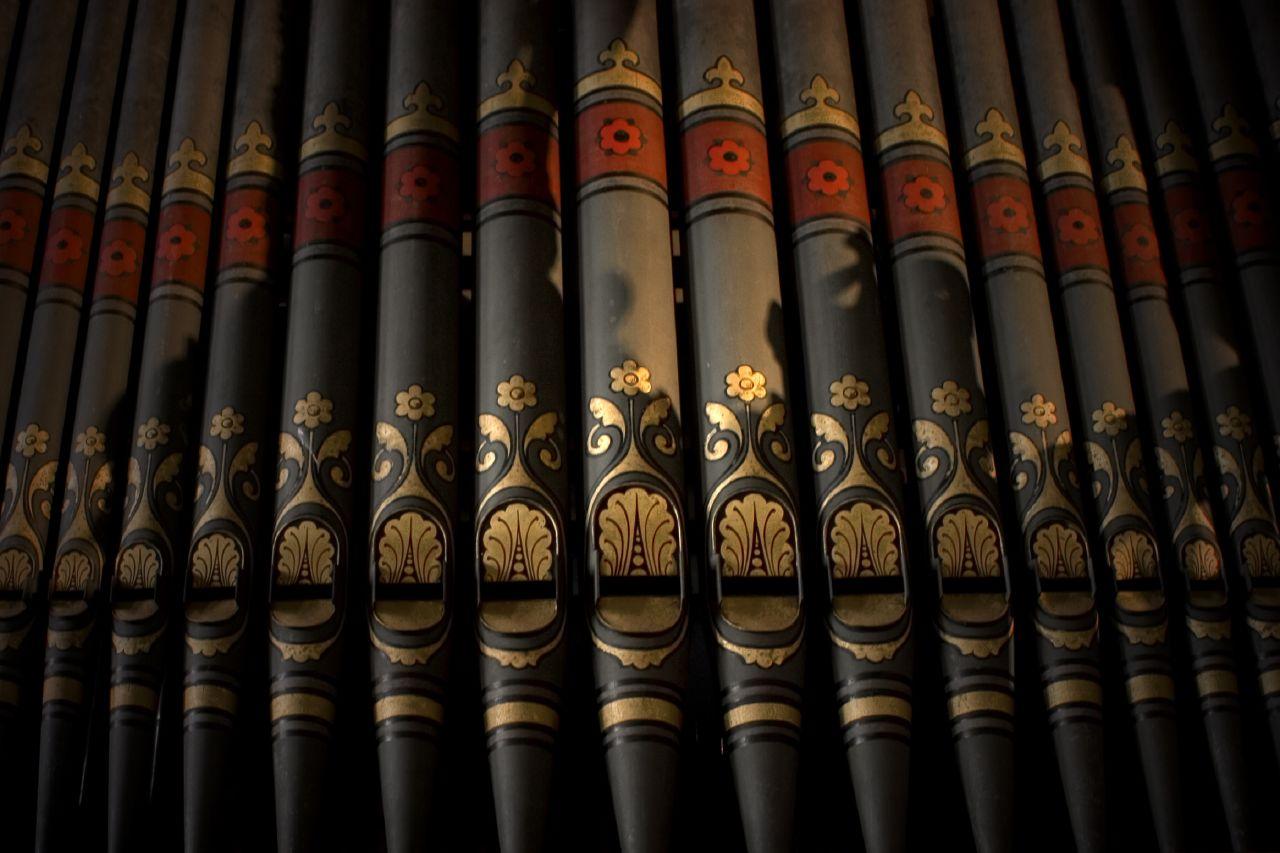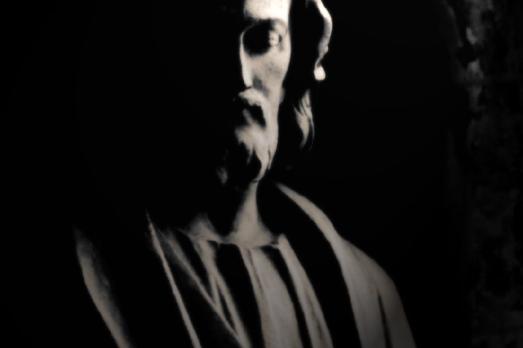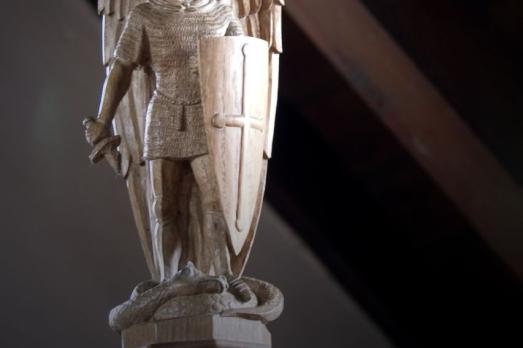Winchester Cathedral
Winchester, Hampshire
Fifteen centuries of English history lie behind the massive Cathedral you see today. It stands at the heart of historic Winchester, once the seat of Anglo-Saxon and Norman royal power, on the site of an early Christian church. It’s been a place of worship ever since.




